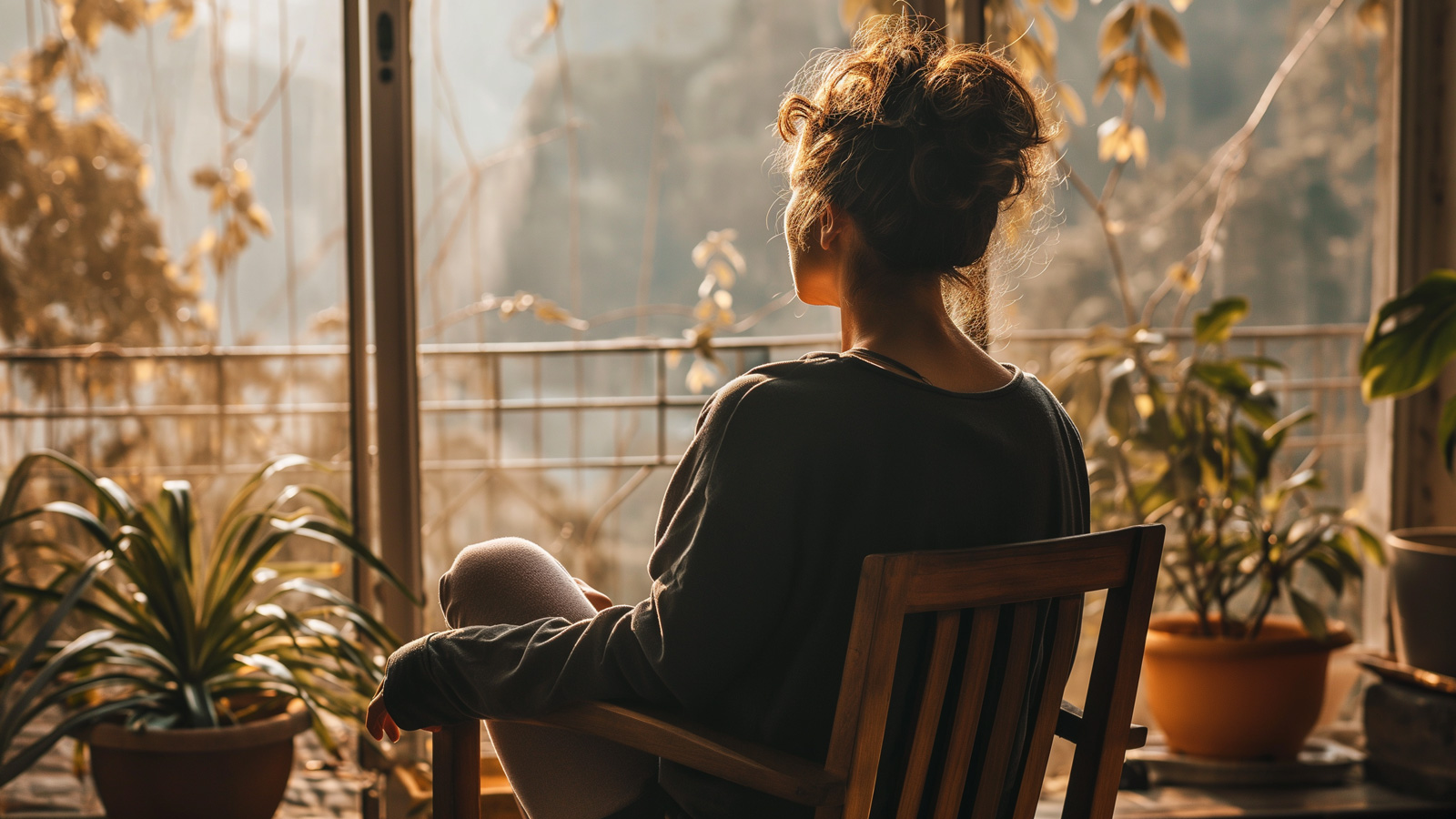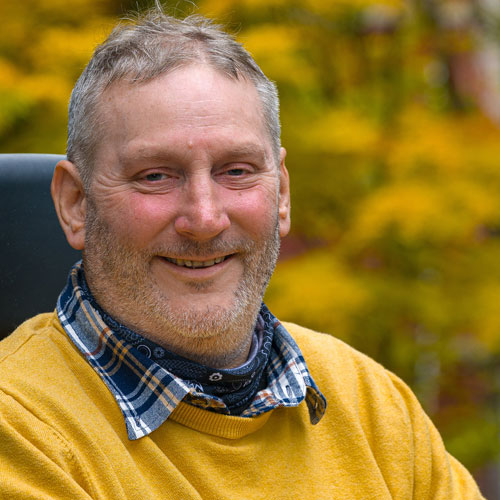[fwdsap preset_id=”default” source=”https://stevenwebb.com/wp-content/uploads/2024/01/Steven-Webb-reading-blog-post-three-proven-ways-to-go-through-chronic-pain.mp3″ type=”audio” artist=”Steven Webb” title=”Transform Your Pain” artwork=”https://stevenwebb.com/wp-content/uploads/2023/10/Podcast-host-of-Stillness-in-the-Storms-Steven-Webb-and-former-Mayor-of-Truro-jpg.webp” loop=”no” start_at_time=”” stop_at_time=”” encrypt=”no”]
Table of Contents
Introduction: Embracing Mindfulness in Adversity
In the quiet moments of struggle, when our bodies speak in aches and our minds cloud with worry, there lies an unseen ally – mindfulness. It’s not just a practice; it’s a journey of understanding and acceptance, a path I’ve walked for over three decades of living with paralysis. This guide is not just words on a page; it’s a piece of my life, shared with you in the hope that it will light your way through the darker times. We’ll explore how mindfulness isn’t about escaping pain, but about finding a way to live with it, to listen to it, and to grow from it.
A Guided Meditation for the Toughest Days
The guided meditation featured by Steven Webb on the Inner Peace Meditations podcast isn’t tailored exclusively for pain management or exploration. Nevertheless, it is designed to provide support during the most challenging days, and I believe it could be beneficial. Additionally, the podcast offers a variety of other guided meditations that might also be helpful.
My Journey with Chronic Pain
The Reality of Living Paralyzed
Living with paralysis is a journey that reshapes every aspect of life. It’s a world where the chair becomes a part of your body, and limitations become daily companions. Yet, within these constraints lies a profound lesson in mindfulness. This part of my story is about confronting the unchangeable, learning to see beyond physical boundaries, and finding freedom within my mind.
Learning from Pain: A Mindful Approach
Pain, often an unwelcome intruder, has been my relentless teacher. It speaks in the language of the body – through headaches, chills, and burning sensations. Learning to understand this language has been a pivotal part of my mindfulness journey. Here, I’ll share how pain can become a guide, teaching us resilience, patience, and the art of listening deeply to our own bodies.

Mindfulness Techniques for Pain Management
Breathing Through the Pain
The act of breathing, so simple and yet so profound, can be a powerful tool in managing chronic pain. I’ll share techniques that have helped me center my thoughts and find calmness amidst discomfort. It’s about finding rhythm in the breath, a rhythm that soothes the body and reassures the mind.
Acceptance: The First Step to Empowerment
Acceptance is not about giving in to pain; it’s about acknowledging its presence and working through it. This part of our journey is about embracing the present moment – the good, the bad, and the painful. It’s here that we begin to understand that our reaction to pain is a choice, and acceptance is the first step towards taking control.
Reframing Pain: A New Perspective
Pain as Communication: Listening Intently
Pain speaks a language that demands to be heard. It’s a signal, a nudge, a way for the body to communicate. In this section, I will discuss how actively listening to pain can uncover its root causes and offer insights into our wellbeing, transforming our perception of pain from an adversary to an informant.
Transforming Pain into Resilience
Pain is not a static experience; it evolves and changes, and so can our response to it. Here, I’ll explore how the practice of mindfulness can help us shift our perspective, seeing pain not as a permanent fixture but as a transient state. It’s in this shift that we find resilience, strength, and an empowered sense of self.
Practical Tips for Everyday Mindfulness
Simple Mindful Practices for Daily Routines
Mindfulness isn’t confined to meditation cushions; it’s a practice that can be woven into the fabric of daily life. I’ll offer practical, easy-to-implement tips for integrating mindfulness into everyday routines, making it accessible and achievable for everyone, especially those struggling with ill health.
Building a Mindfulness Habit in Times of Ill Health
Consistency is key in cultivating a mindfulness practice. This section is about building a sustainable mindfulness habit, even during the most challenging health crises. It’s about small, manageable steps that lead to significant changes over time, fostering resilience and a deepened awareness of the present moment.
Conclusion: The Ongoing Journey of Healing
Reflecting on Personal Growth
As we near the end of this guide, it’s important to pause and reflect on the journey. Mindfulness isn’t a quick fix; it’s an ongoing process of growth and understanding. In this subsection, I’ll share reflections on how my relationship with pain and mindfulness has evolved over time, highlighting the lessons learned and the strength gained.
Looking Forward with Hope and Strength
The path ahead is one filled with both challenges and opportunities. As we embrace mindfulness in our daily lives, we equip ourselves with hope and strength to face whatever comes our way. Here, I’ll provide an uplifting look towards the future, emphasizing the importance of maintaining a mindful perspective and the potential for continued healing and resilience.
Over to You – Reflective Question
As you’ve skimmed through this guide, exploring the interplay of mindfulness and chronic pain, pause and reflect: How does your current perspective on pain align with the mindfulness approaches discussed? What specific mindfulness technique discussed in this guide resonates most with you, and how might you integrate it into your daily routine to navigate your challenges with renewed strength and resilience?
The Unseen Benefits of Meditation for Overthinkers
Instant Anxiety Relief: How Guided Meditations Reduce Your Anxiety
MoreHow To Stop Thinking And Enjoy Peace Of Mind
FAQ Section
What Are Mindfulness Techniques for Chronic Pain?
Mindfulness techniques for chronic pain involve practices that help you focus on the present moment and understand your pain in a non-judgmental way. These techniques can include focused breathing, mindful observation of pain, and acceptance exercises, all aimed at reducing the emotional response to pain and improving quality of life.
How Can Mindfulness Help with Paralysis-Related Pain?
In cases of paralysis-related pain, mindfulness helps by shifting focus from pain to the present moment. It involves acknowledging the pain without letting it dominate your thoughts. This approach can reduce the intensity of pain perception and help in managing the emotional stress associated with chronic pain conditions.
Can Mindfulness Techniques Reduce Pain Sensation?
While mindfulness techniques may not directly reduce the sensation of pain, they can change how you perceive and react to it. By fostering a greater awareness of bodily sensations and emotional responses, mindfulness can help in diminishing the distress and anxiety often associated with chronic pain.
How Long Does It Take to See Benefits from Mindfulness Practices?
The time it takes to experience benefits from mindfulness practices can vary. Some individuals notice changes within a few weeks, while for others, it might take longer. Consistency and patience are key. Even small, regular practices can lead to significant improvements over time.
Are There Specific Mindfulness Exercises for People with Limited Mobility?
Yes, there are mindfulness exercises tailored for individuals with limited mobility. These include seated breathing exercises, guided visualizations, and mindfulness meditation that focuses on the sensations in parts of the body that are mobile or sensitive to touch. It’s about finding what works for you and adapting practices to your comfort and ability.

